I was listening to a rather exasperated man berating his parents publicly on the radio.
It was about the Queen.
It was a gentle rollicking, maybe even tongue-in-cheek.
If I was following him right, he was saying they spurned a chance to accompany him to watch the hearse speed by on its journey to Edinburgh. Instead, they opted to travel to the capital to pay their respects in person as Queen Elizabeth II lay at rest.
They were prepared for a long, gruelling wait.
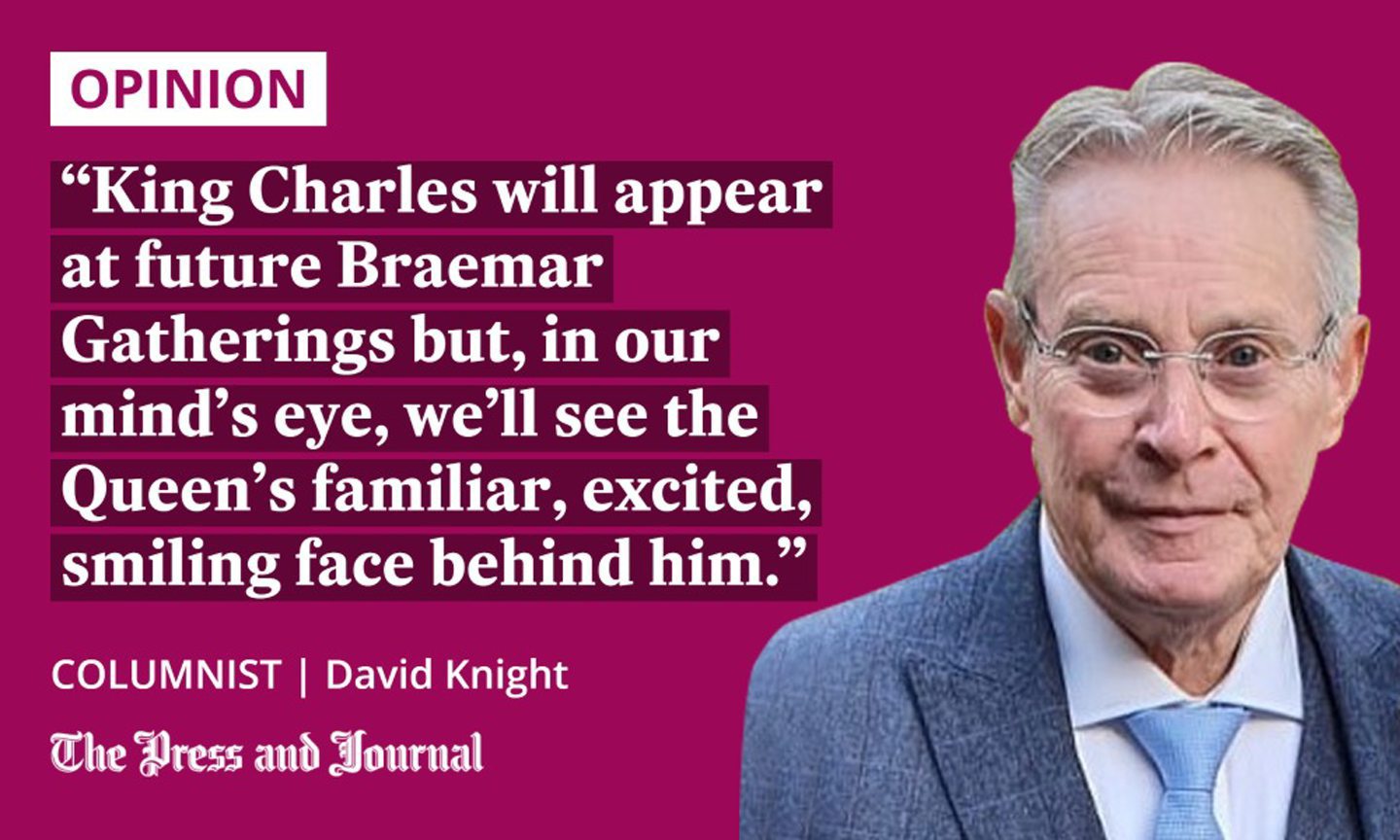
But the extraordinary thing is that, not only were they an elderly couple but also not good on their feet. Somewhat frail, one suspected. Yet, they were prepared to put their bodies through the wringer.
He couldn’t fathom it, watching as he was from the comfort of his armchair at home.
Maybe it’s a generational thing. I suppose joining a crowd lining the streets was a more spontaneous and instant show of emotion as the first waves of grief took hold. Like being in the thick of it on social media.
But, on the other hand, there was a deeper, more contemplative process in paying homage for hours on end in a solemn queue. Being able to analyse one’s innermost thoughts and suffering a little pain along the way. A sense of duty; just like another couple, I heard about who got up at 3am to travel to Edinburgh.
The art of queuing
The scenes we have seen in London and Scotland over the last few days were truly extraordinary. People sensed they were helping to make history, which later generations will look back on in awe, like flickering black and white Pathe newsreels.
For someone like me, who can’t even bear queueing for fish and chips, there was a sense of awe, too. I’ve taken to playing online chess on my phone to kill time, but a tight game in a chip shop queue isn’t great for concentration, when you can be skewered in one move.
The art of queuing has sparked its own debate during these momentous events. Distraction is the key to coping, or a deep sense of anticipation, as in waiting to see the Queen’s coffin.
These amazing scenes have culminated in the crowning moment, so to speak, with the Queen’s funeral today, of course. What went before was an overture to this final crescendo.
Queen of the World
Today is the day we dreaded: finally bidding farewell to our adored monarch. She is the only one most of us have known; not only the ultimate matriarch of the United Kingdom, but “Queen of the World”, as one US paper put it.
Her presence will live on in the British psyche – for centuries to come, I believe. There are clear precedents for this.
Look at the way the Tudor Queen Elizabeth I and the Victorian eras still impact on our lives today. A huge, jaw-dropping Victoria Monument sits outside Buckingham Palace – surely Queen Elizabeth II’s passing will require something of similar stature.
Her presence will be felt everywhere, for generations.
King Charles will appear at future Braemar Gatherings but, in our mind’s eye, we’ll see her familiar, excited, smiling face behind him.
Protestors, pick your moments
People have expressed themselves in so many ways in this historic moment. There has even been a human rights debate over protesters being arrested or questioned by police.
Don’t get me wrong, young inexperienced police officers do have a habit of putting their feet in it and overstepping the mark. I know – I challenged their bosses enough times during my days as a news executive.
Freedom to protest is sacrosanct, but give us a break
But, there was something pretty daft and self-defeating about turning up to events where 99.9% of people wanted to pay homage to their Queen – and then staging an anti-monarchy protest, or testing police patience by waving blank paper at them. It’s asking for trouble.
Freedom to protest is sacrosanct, but give us a break – time and place, etc.
King Charles or President Sturgeon?
People have already been expressing themselves about the future of the monarchy, of course. In one poll after her death, a big majority thought the Queen did a magnificent job, but one in five did not support the monarchy as an institution.
Offering stability while making his own mark is a big challenge for the King, as he heralds a new Carolean age.
The two previous incumbents named Charles distinguished themselves in extreme ways. Charles I lost his head and became known as “the tyrant king”, then finally lost his head for real.
The SNP has blown hot and cold about retaining the monarchy in the unlikely event – currently – of winning independence.
First Minister Nicola Sturgeon claims the monarch would still be head of state in Scotland, but factions in the SNP think otherwise. How long would pro-monarchy policy last if they won?
Who would you prefer to be staring back at you at Braemar? King Charles, or President Sturgeon?
David Knight is the long-serving former deputy editor of The Press and Journal
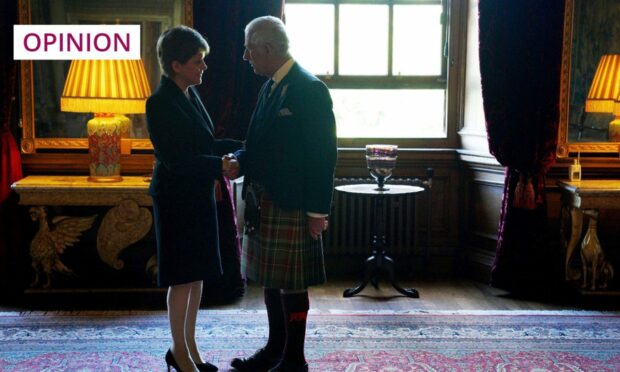
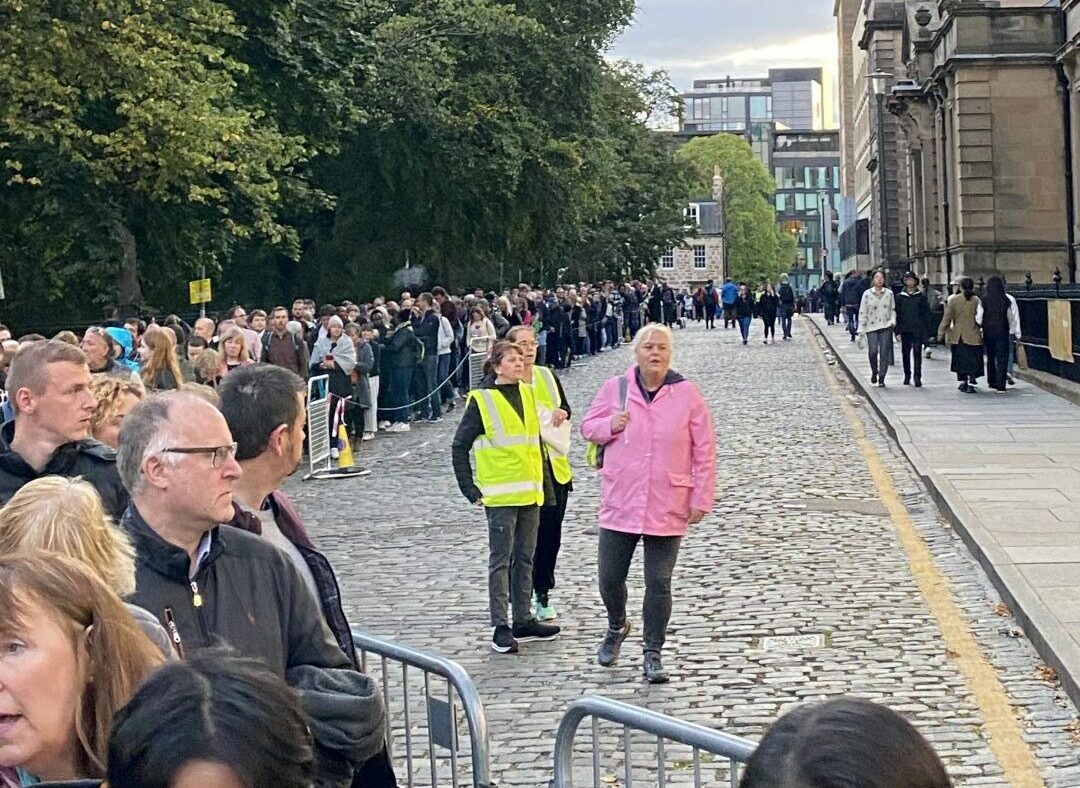
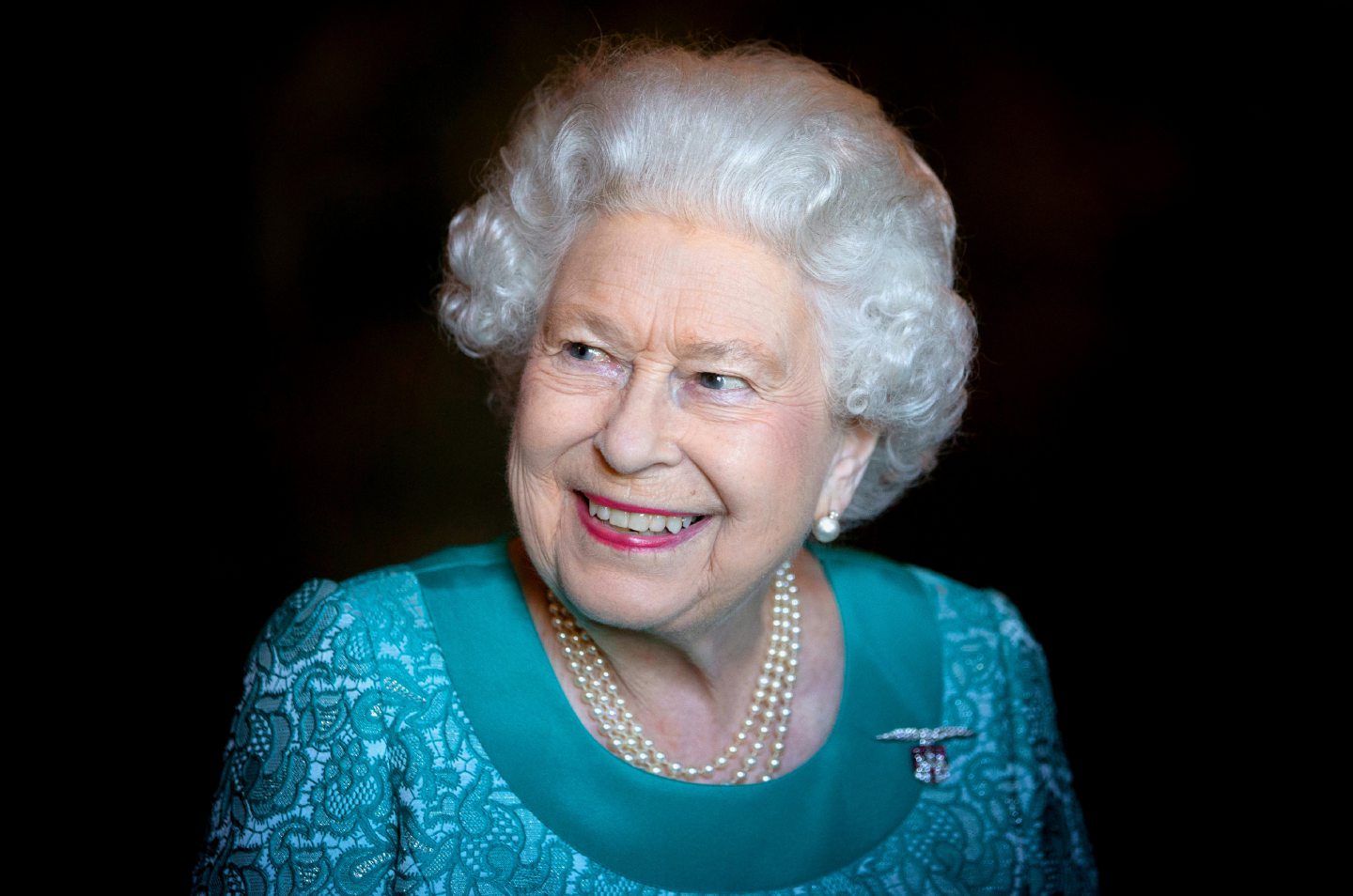
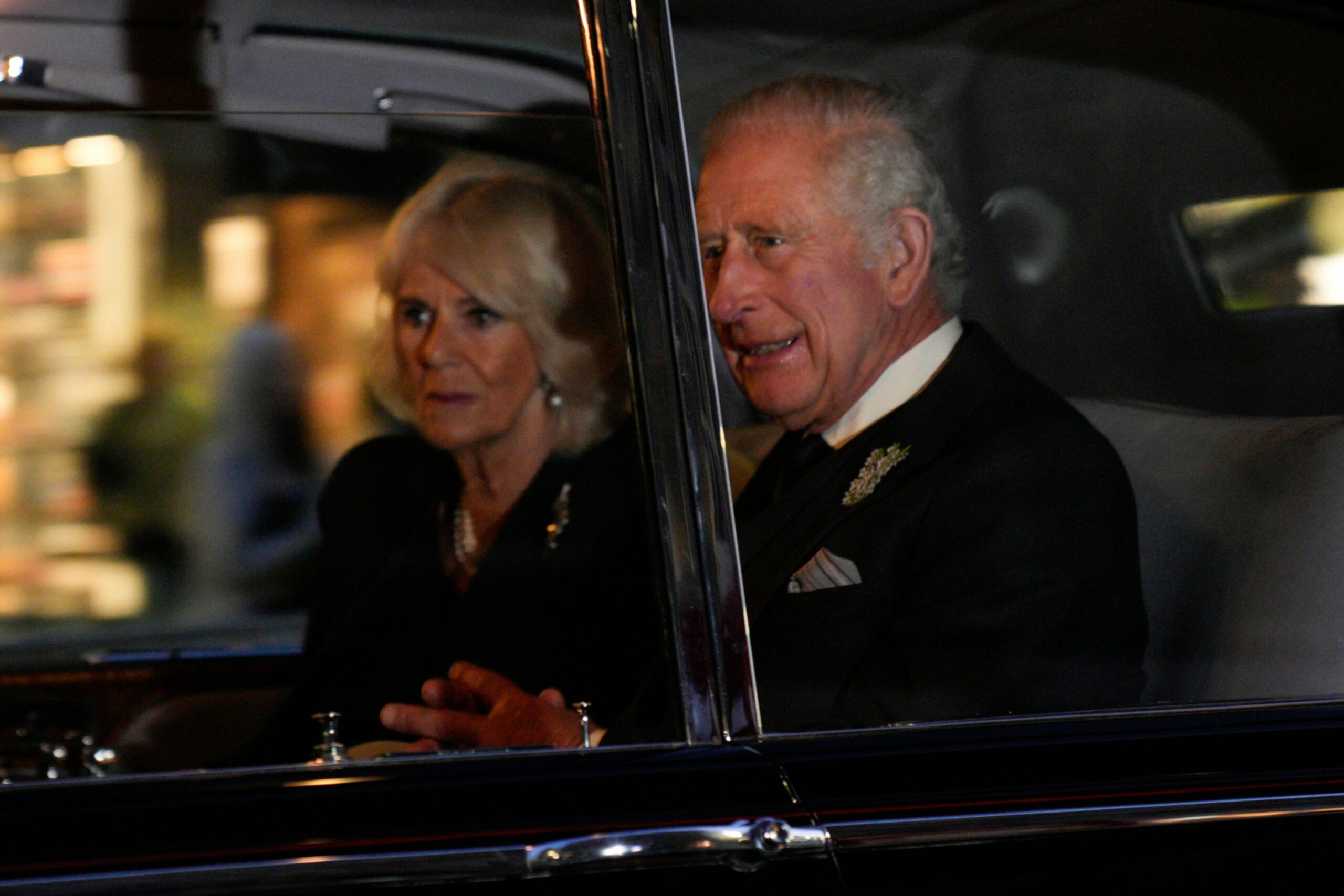
Conversation